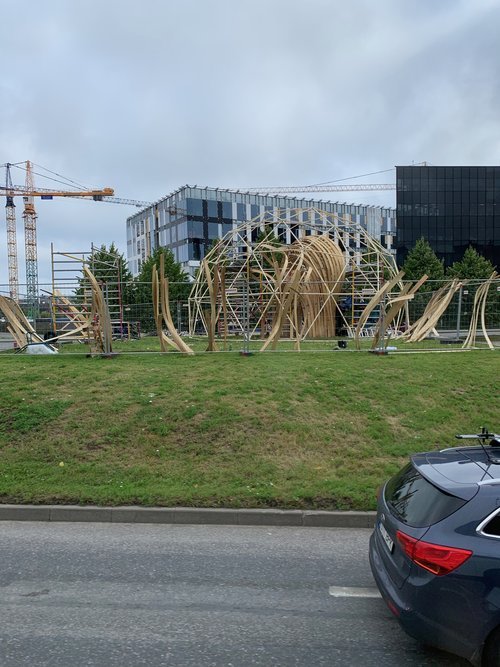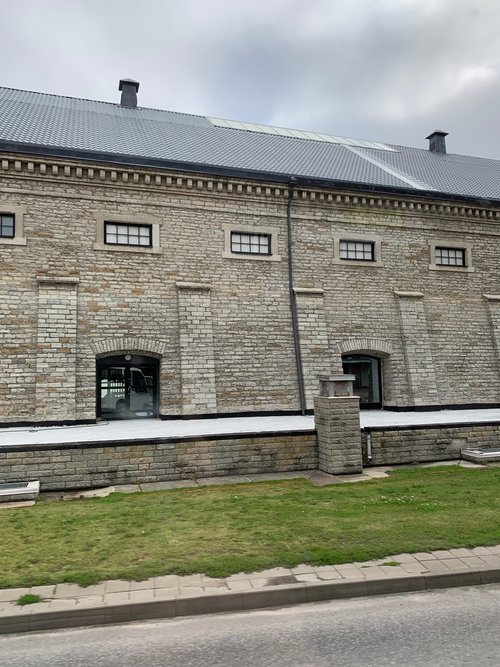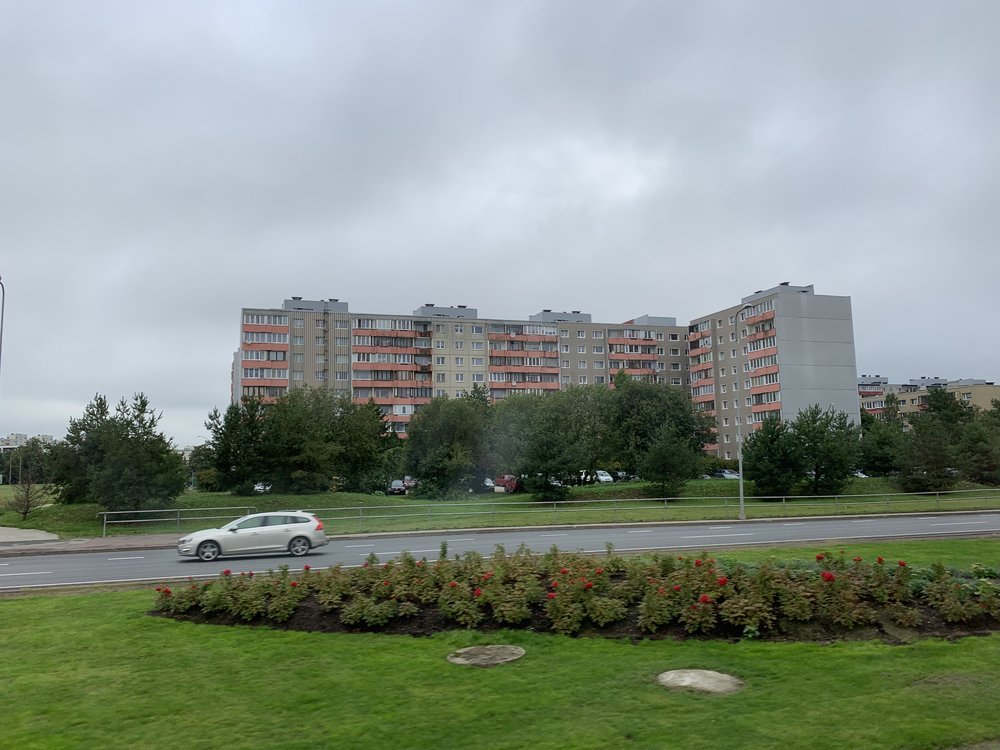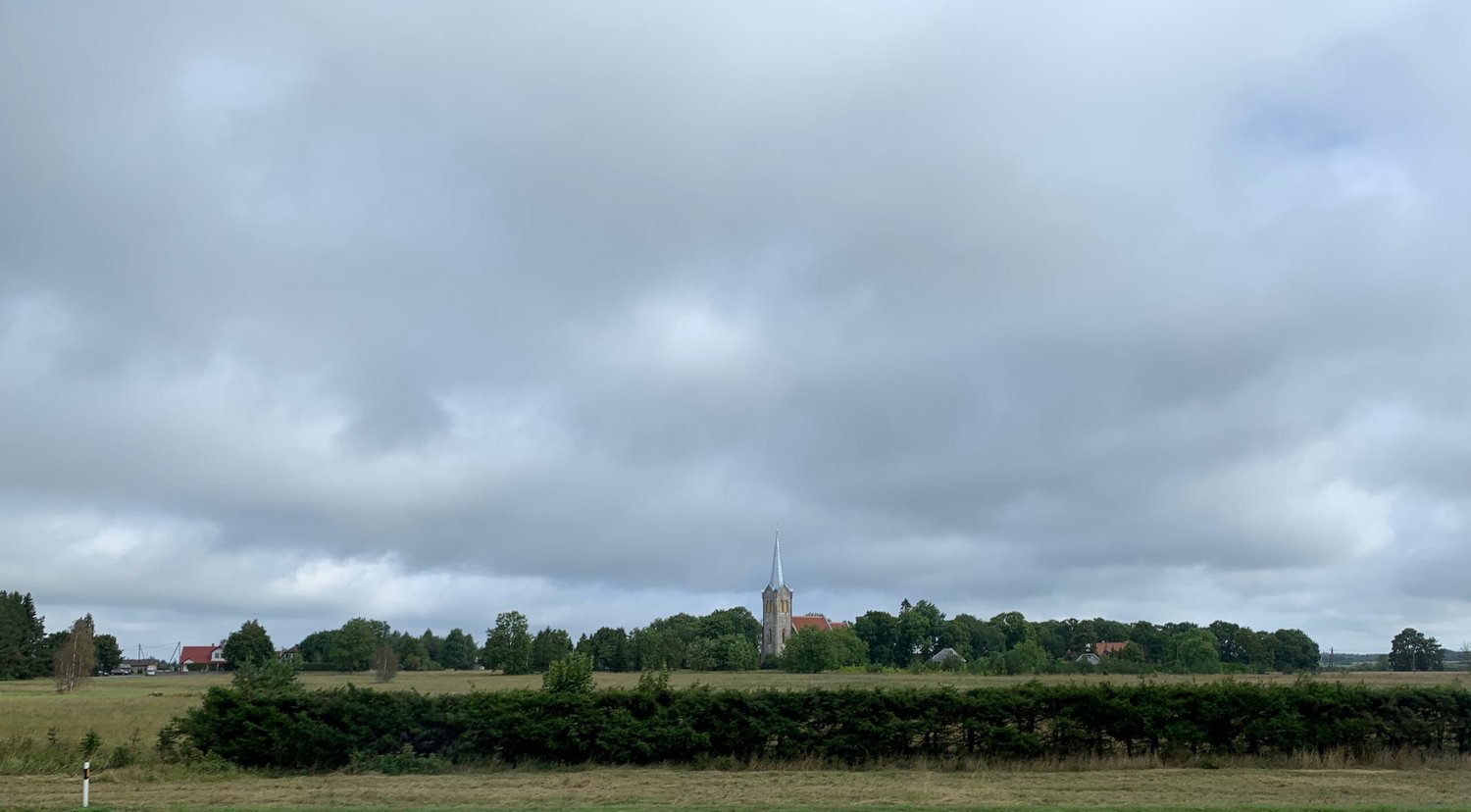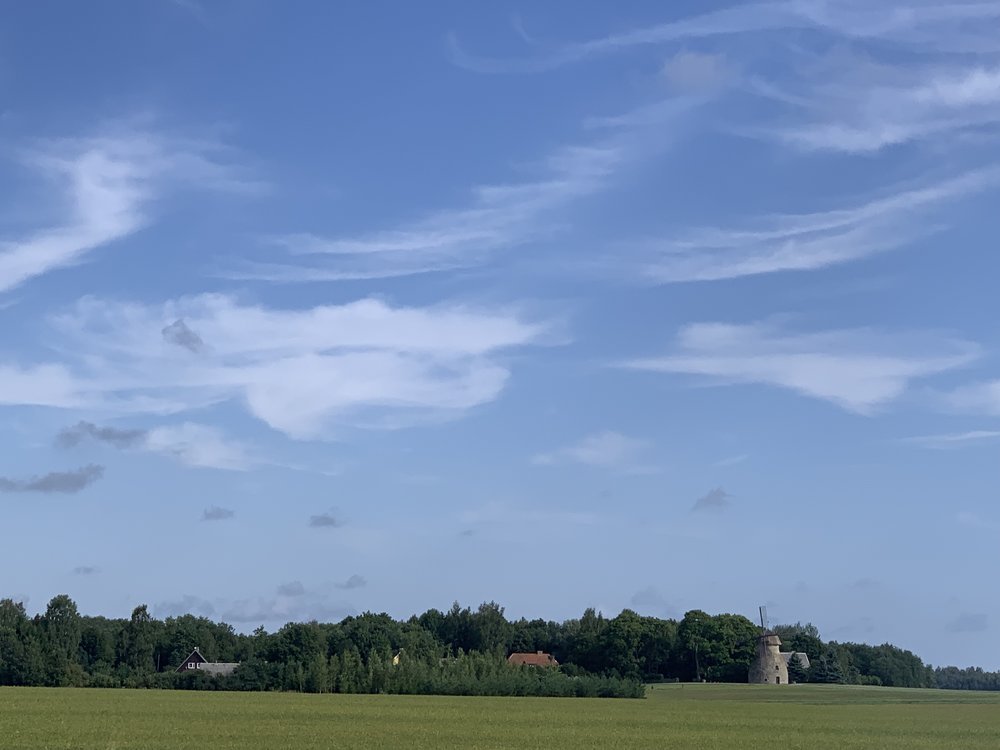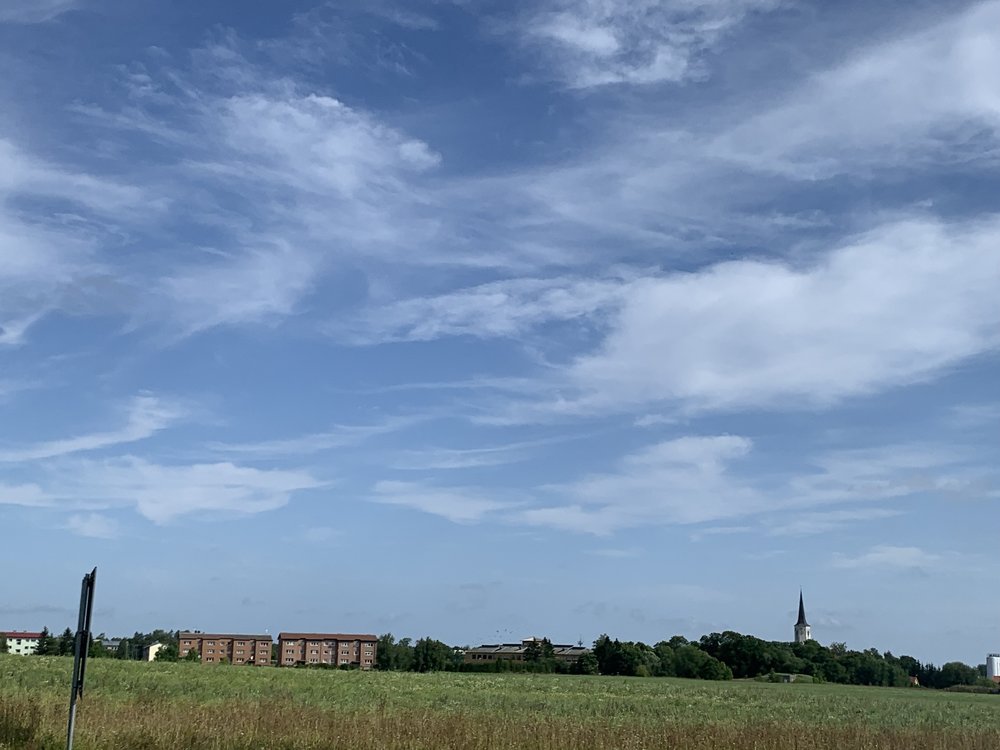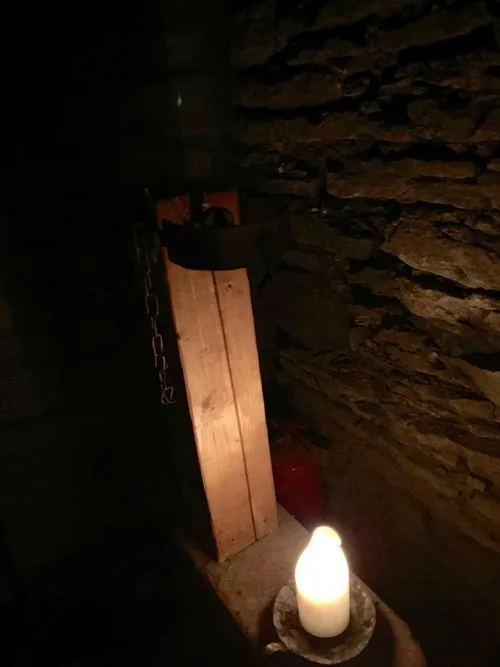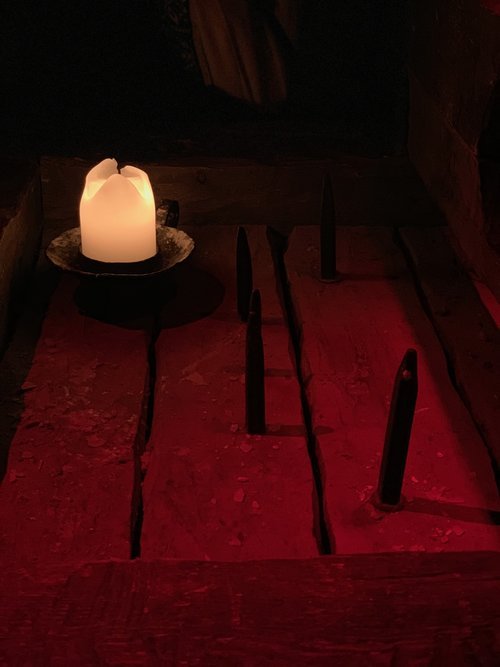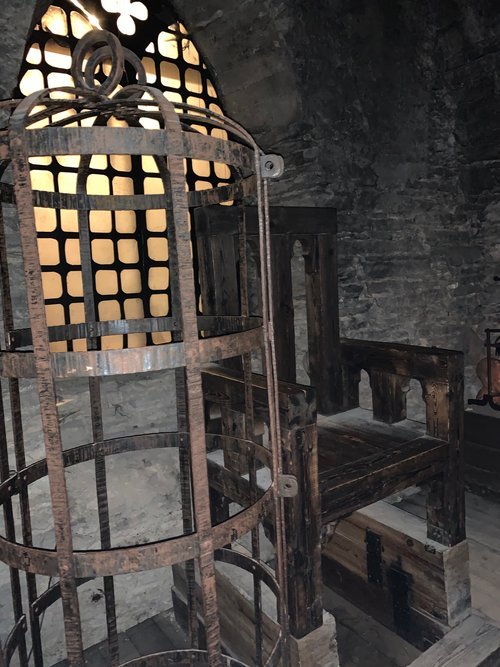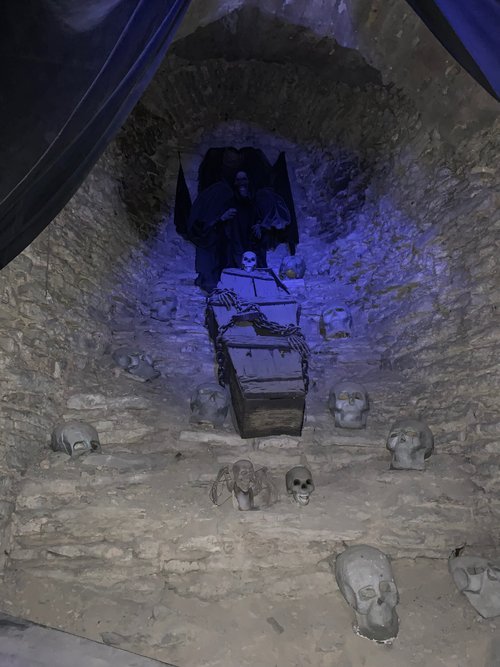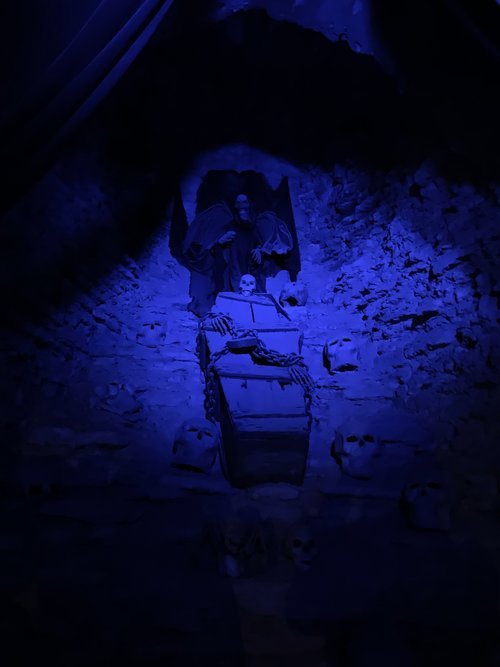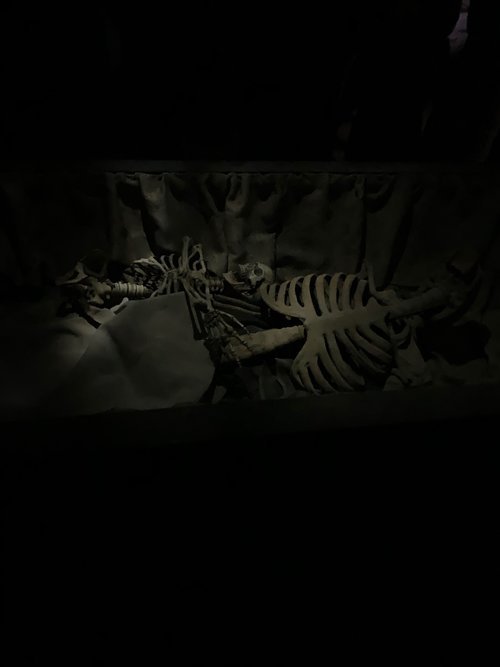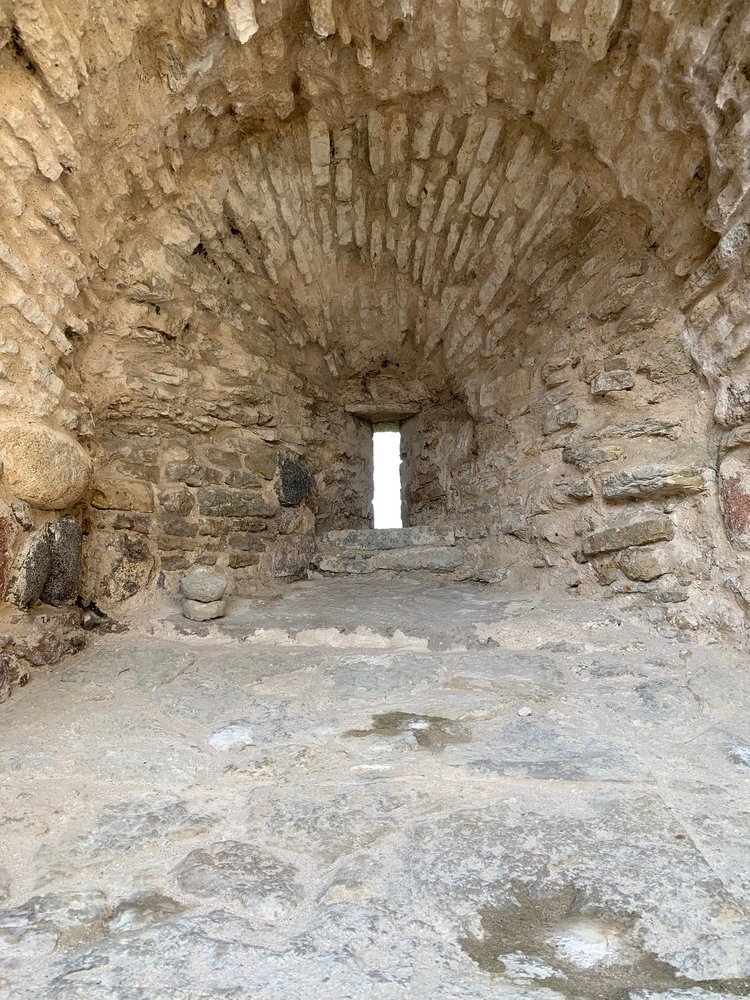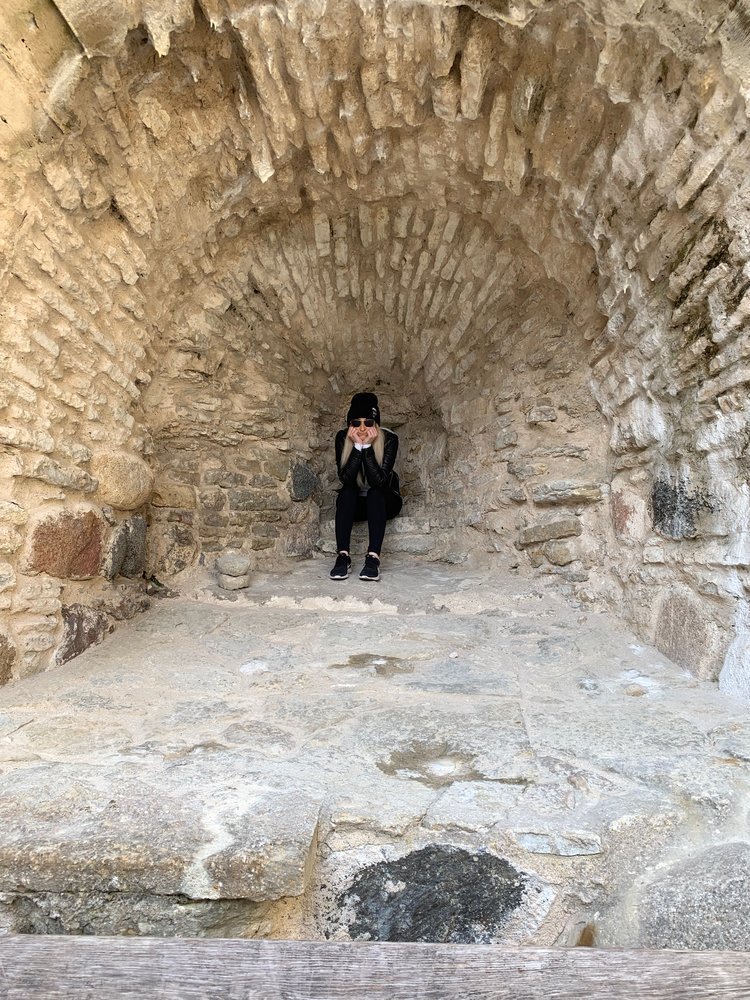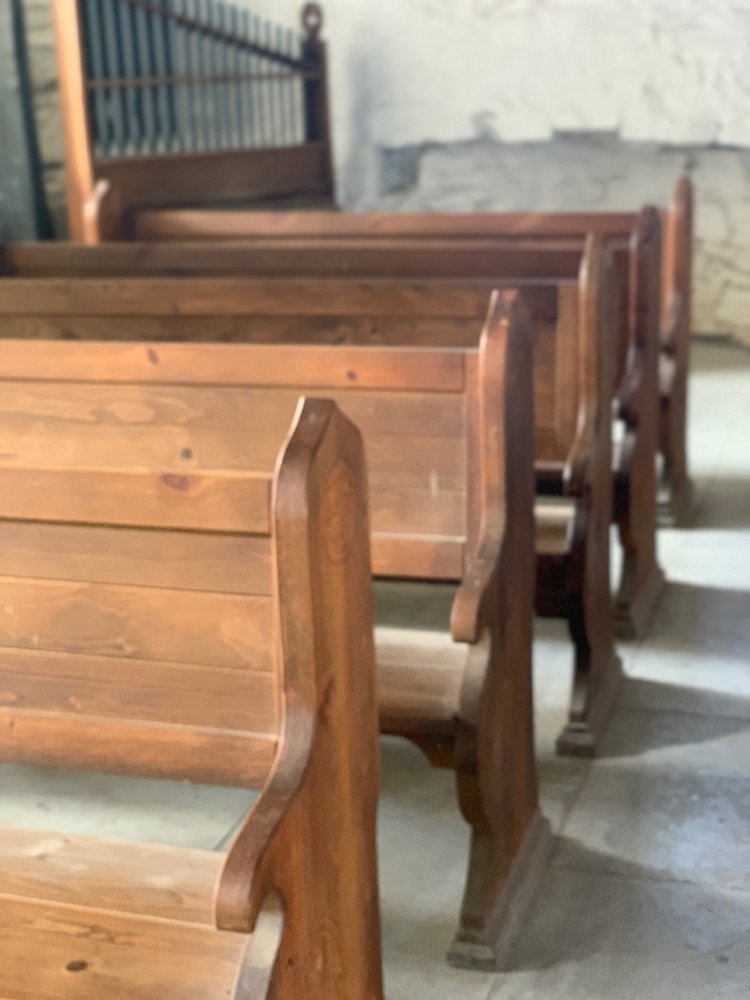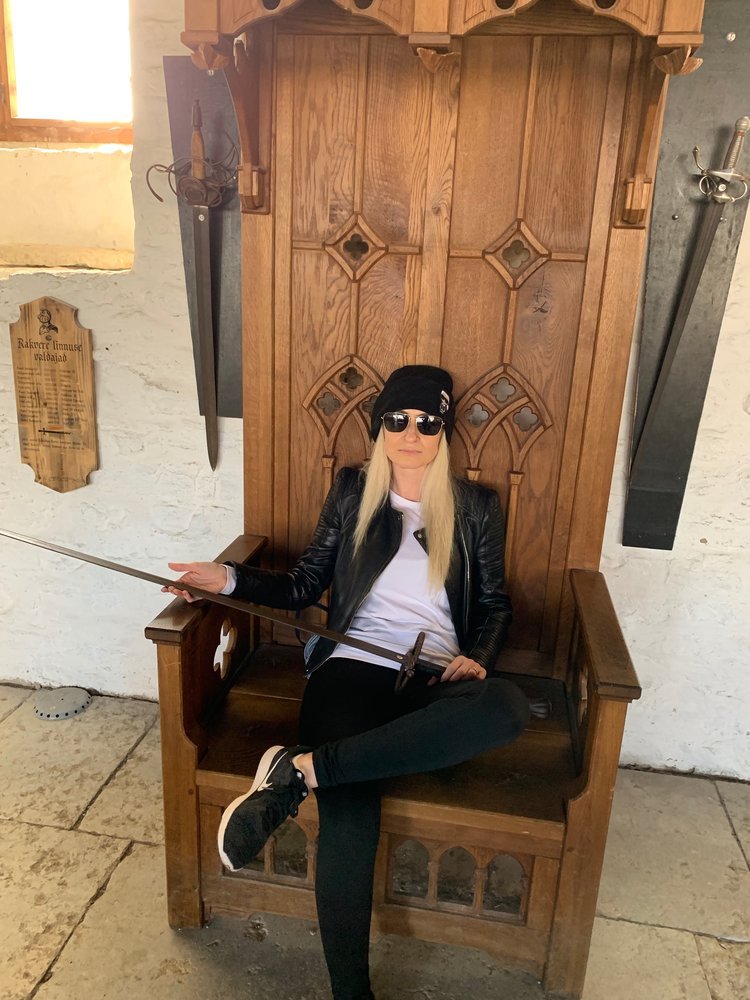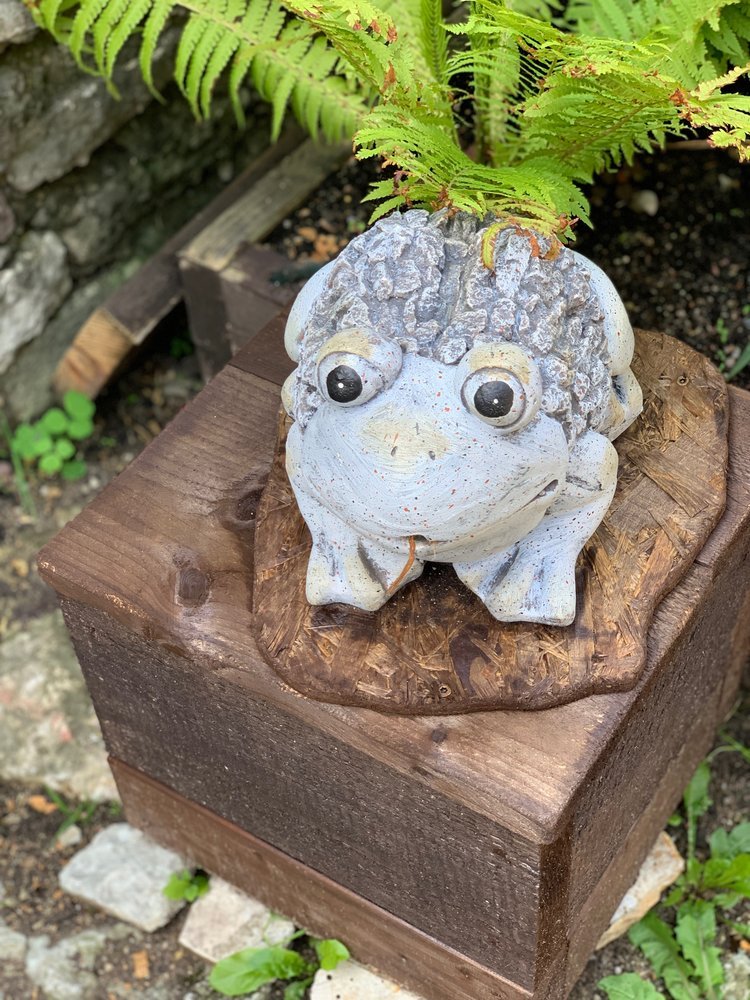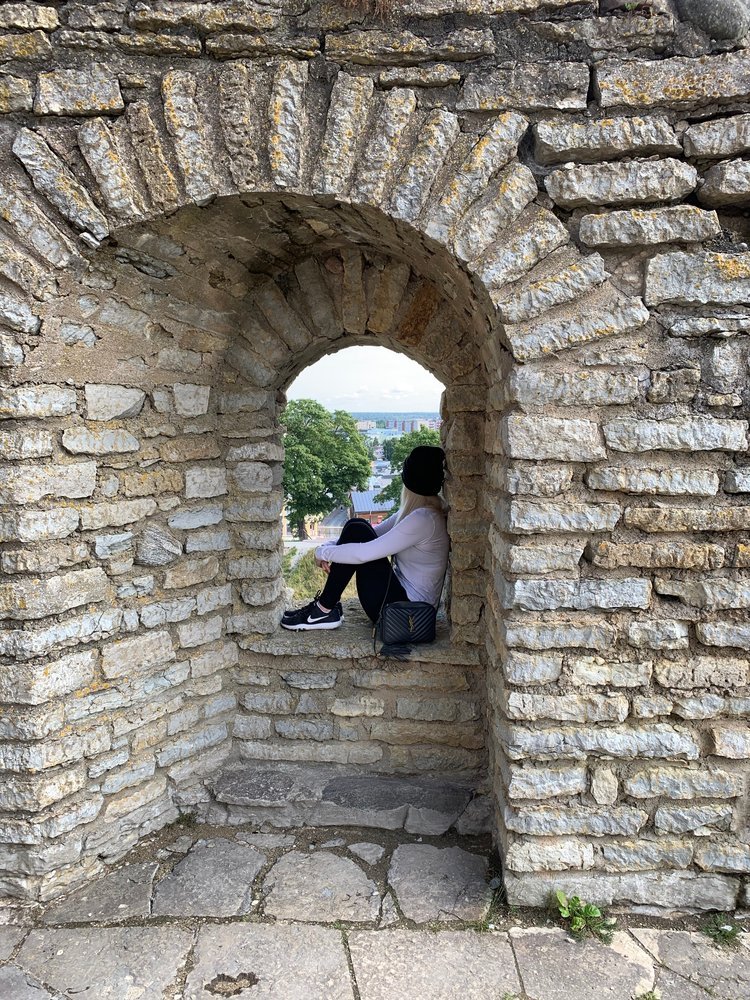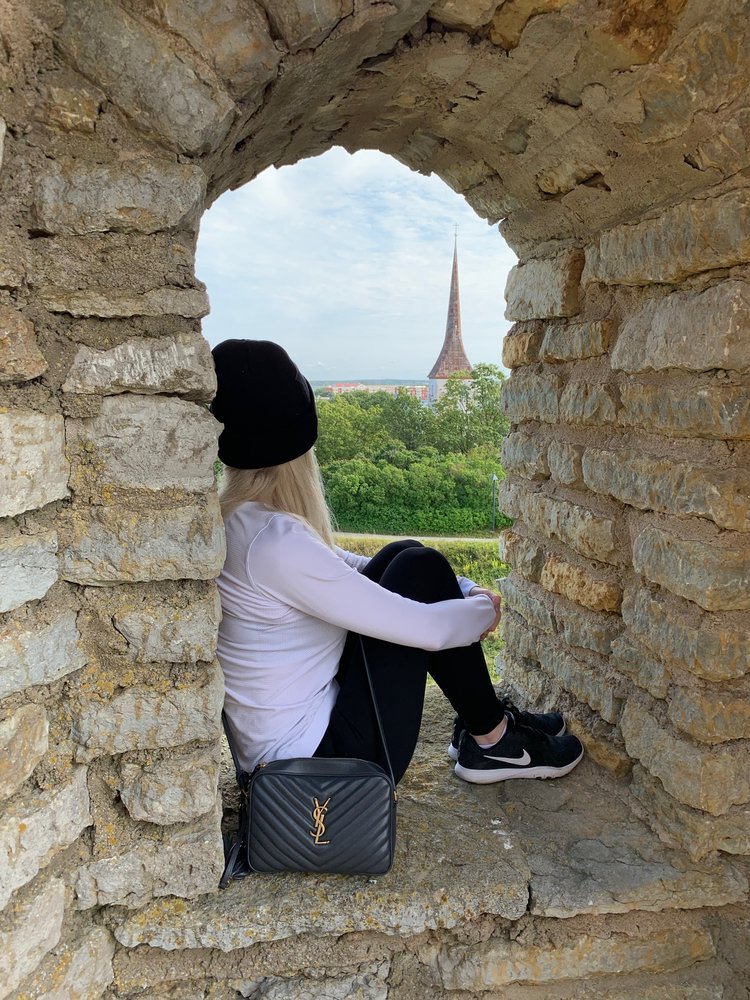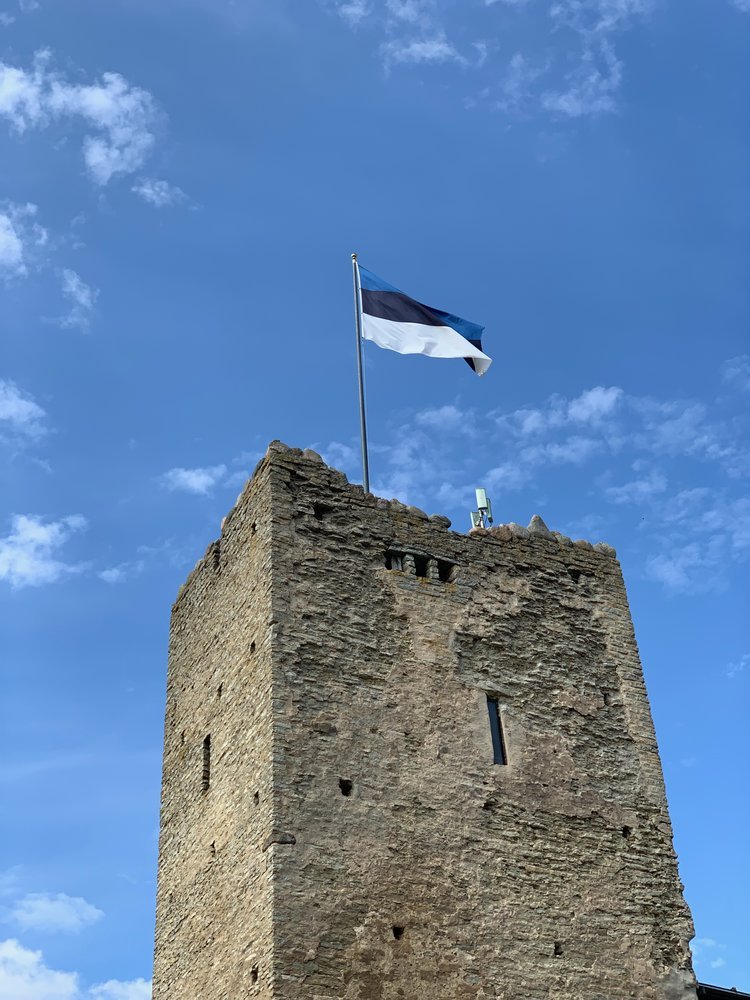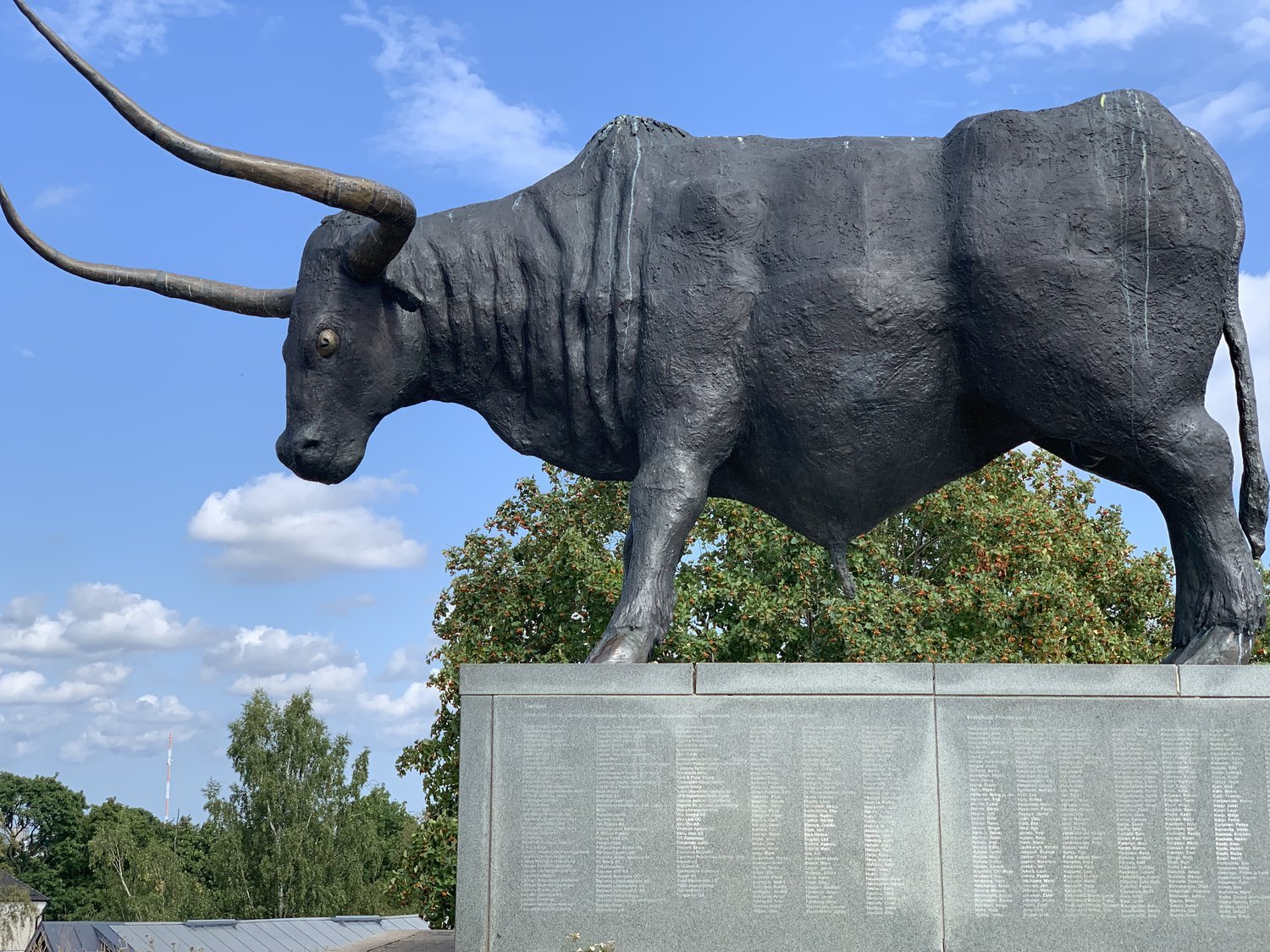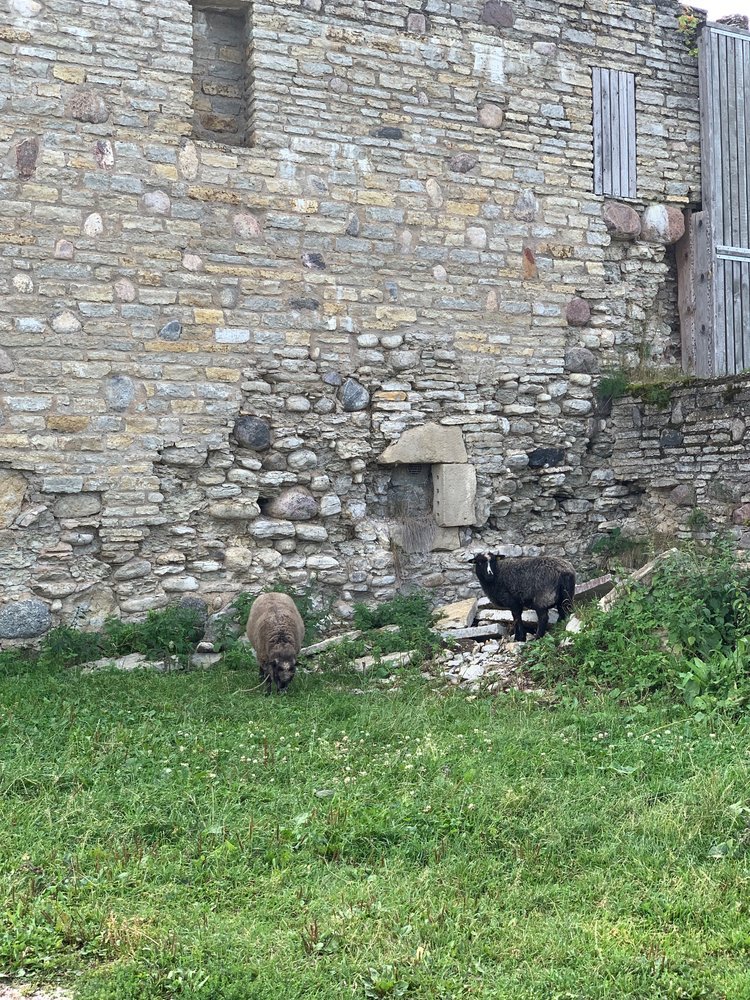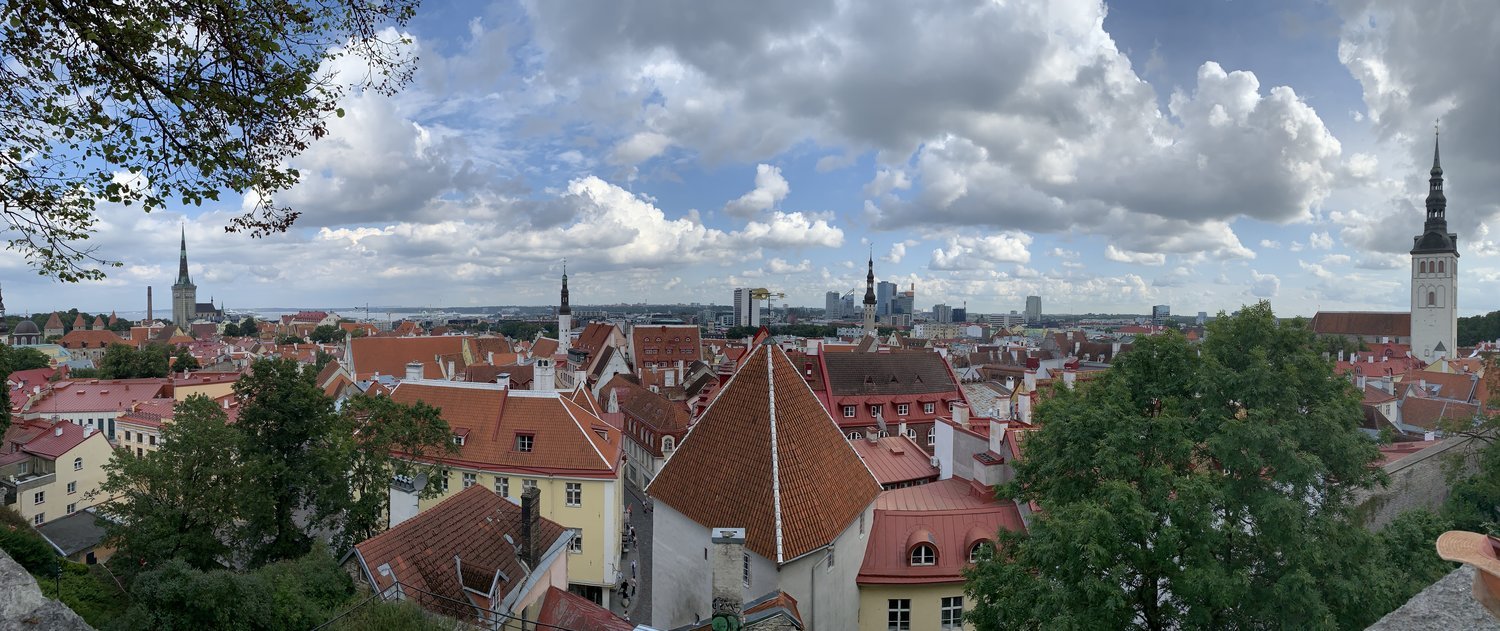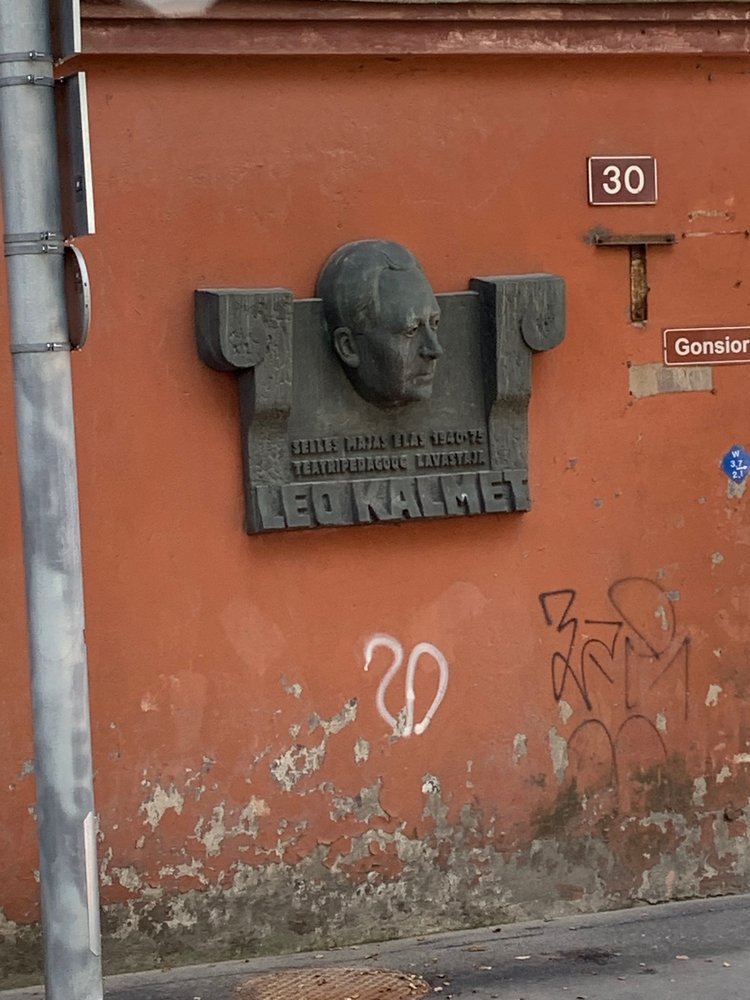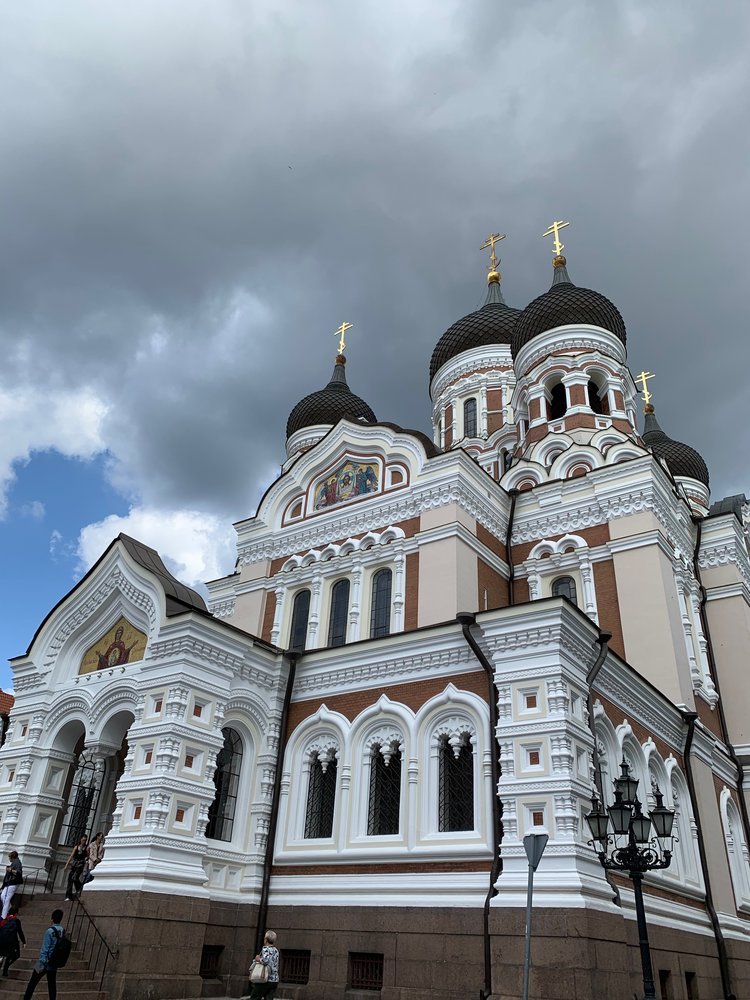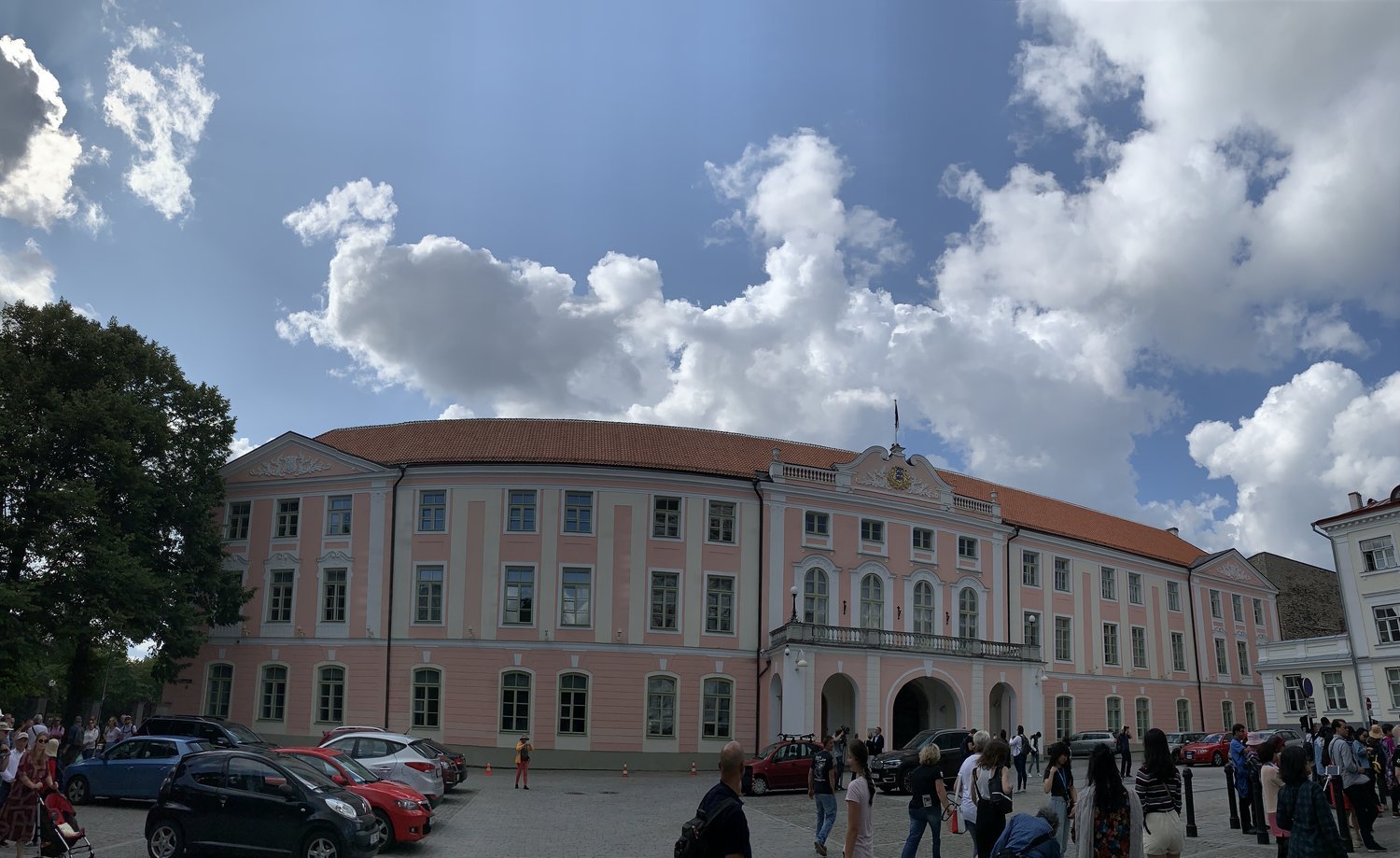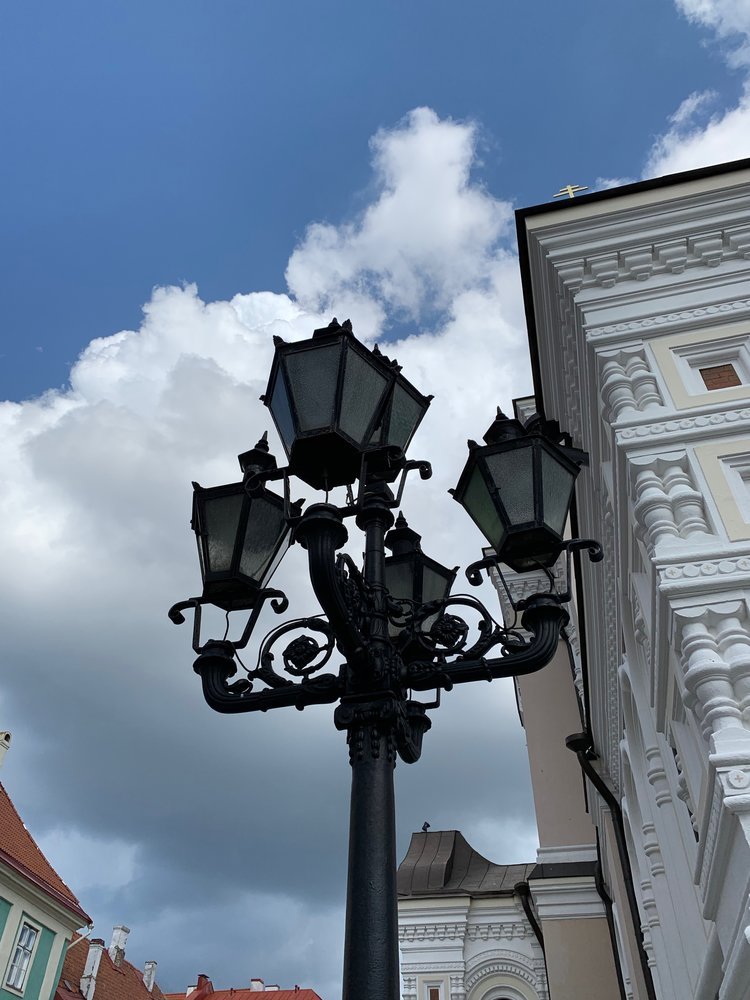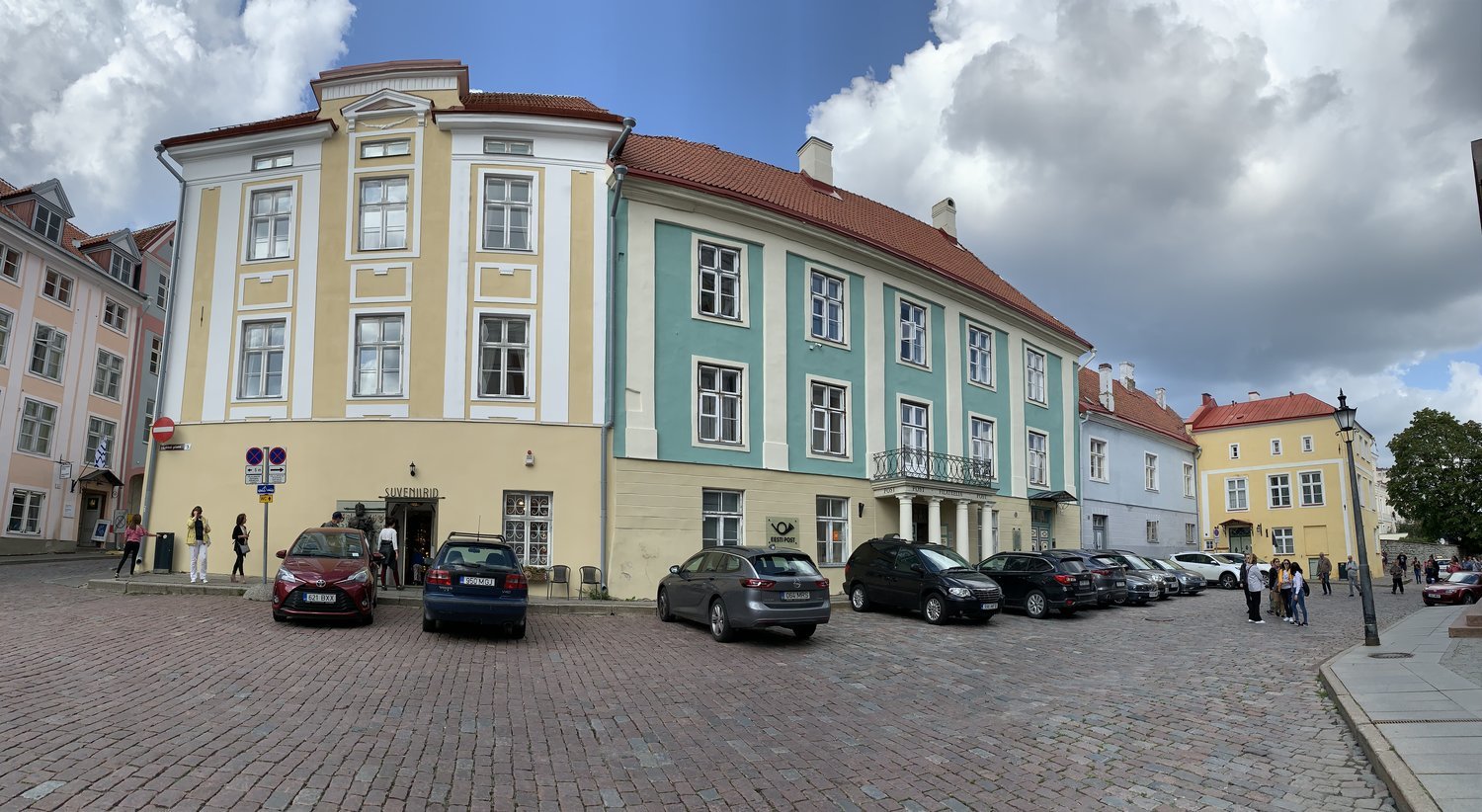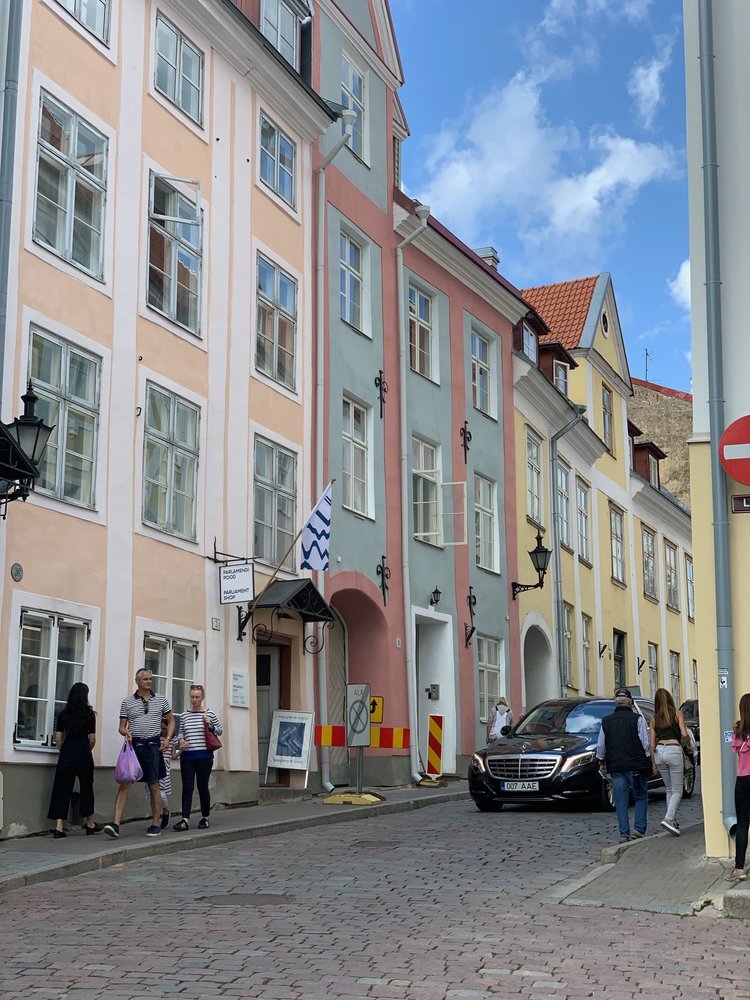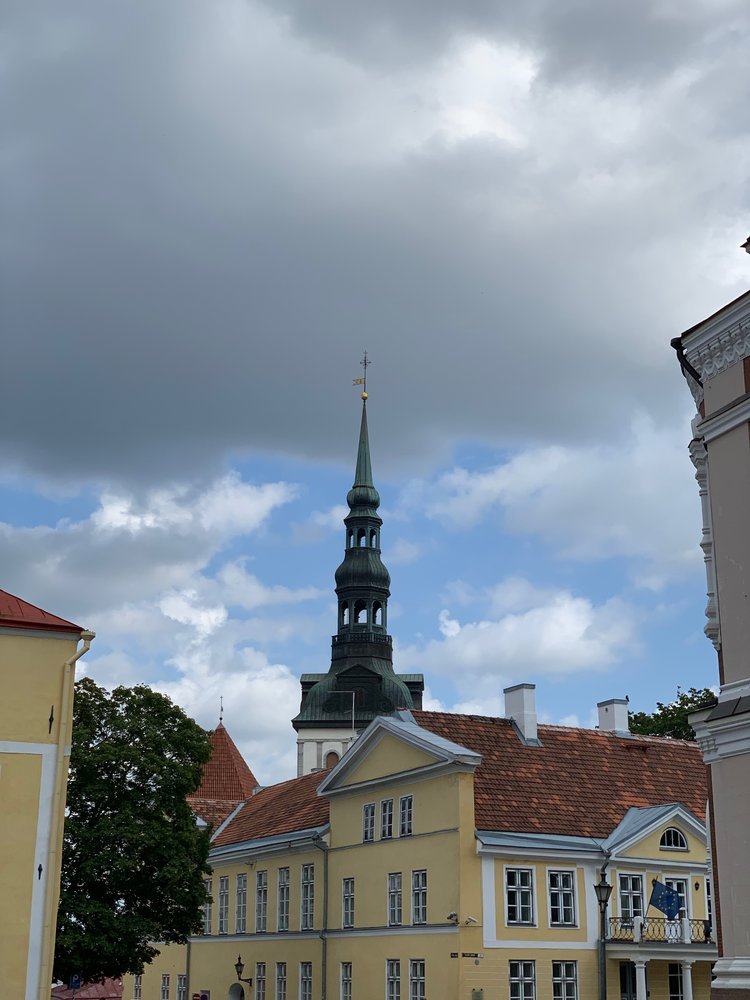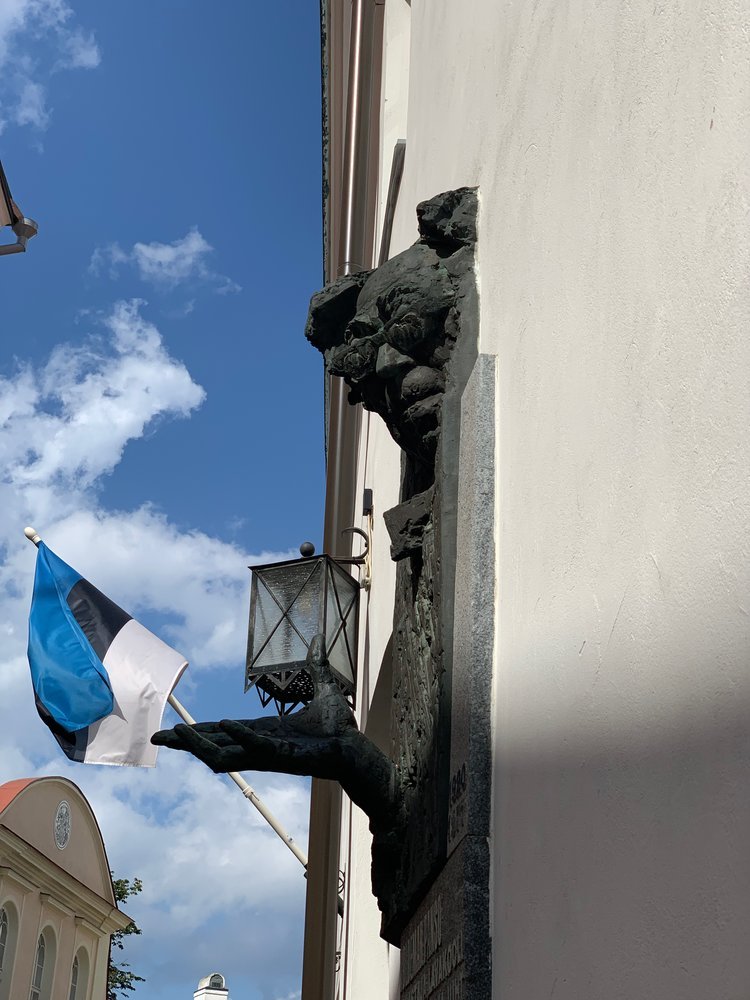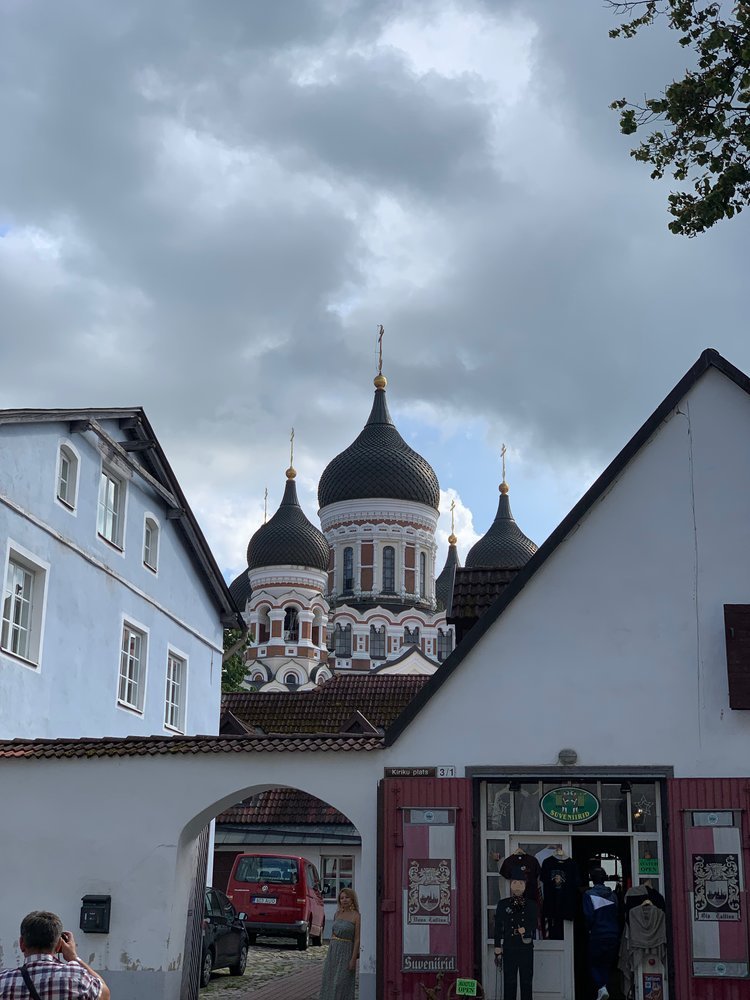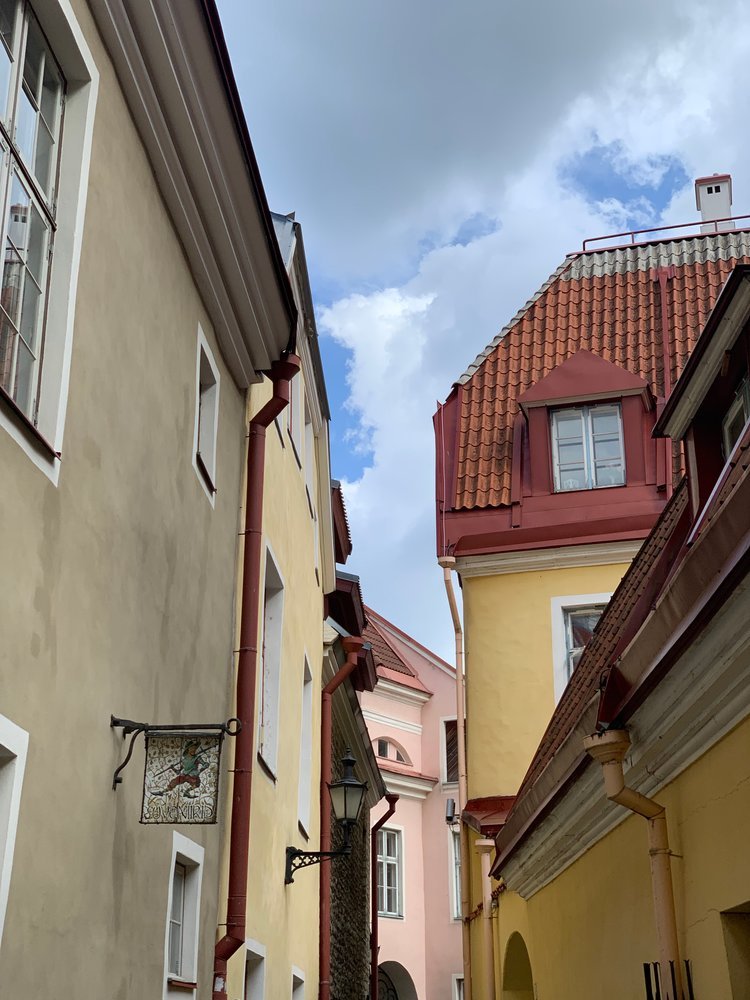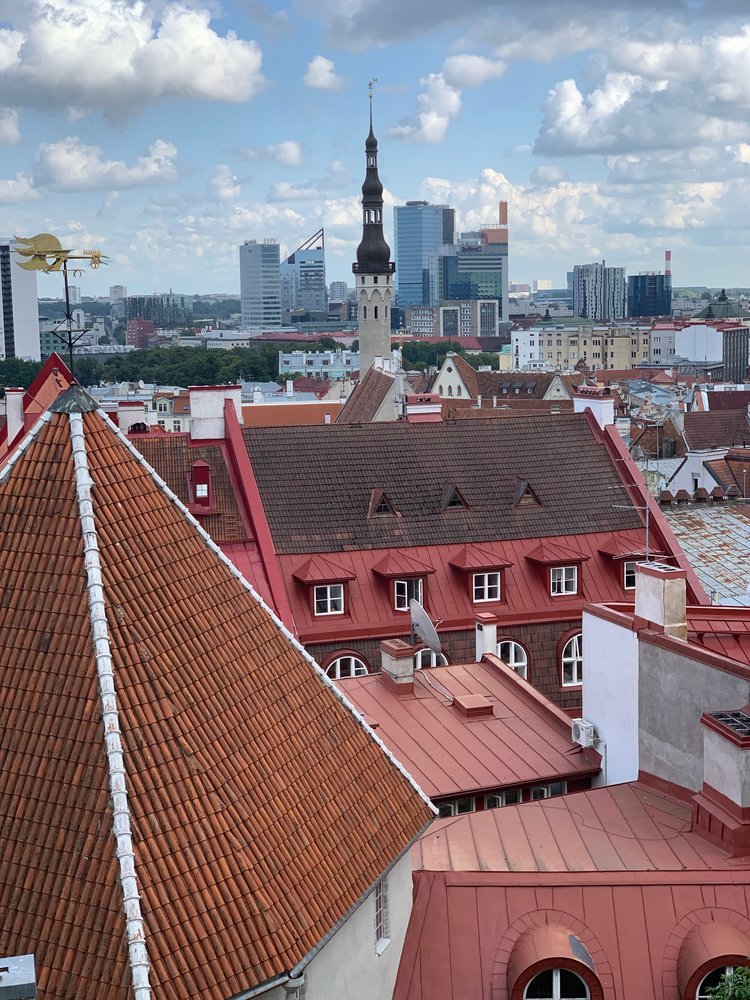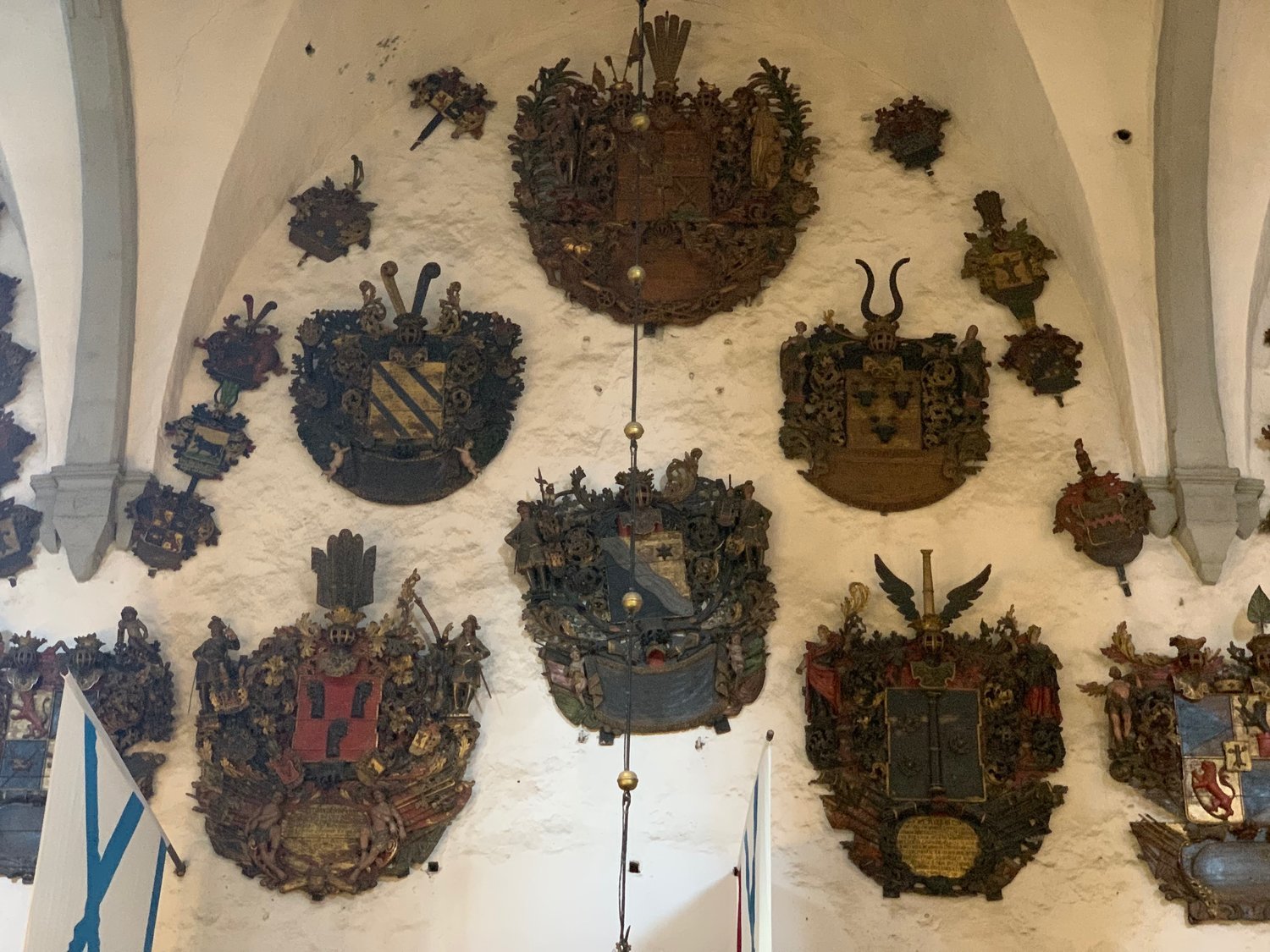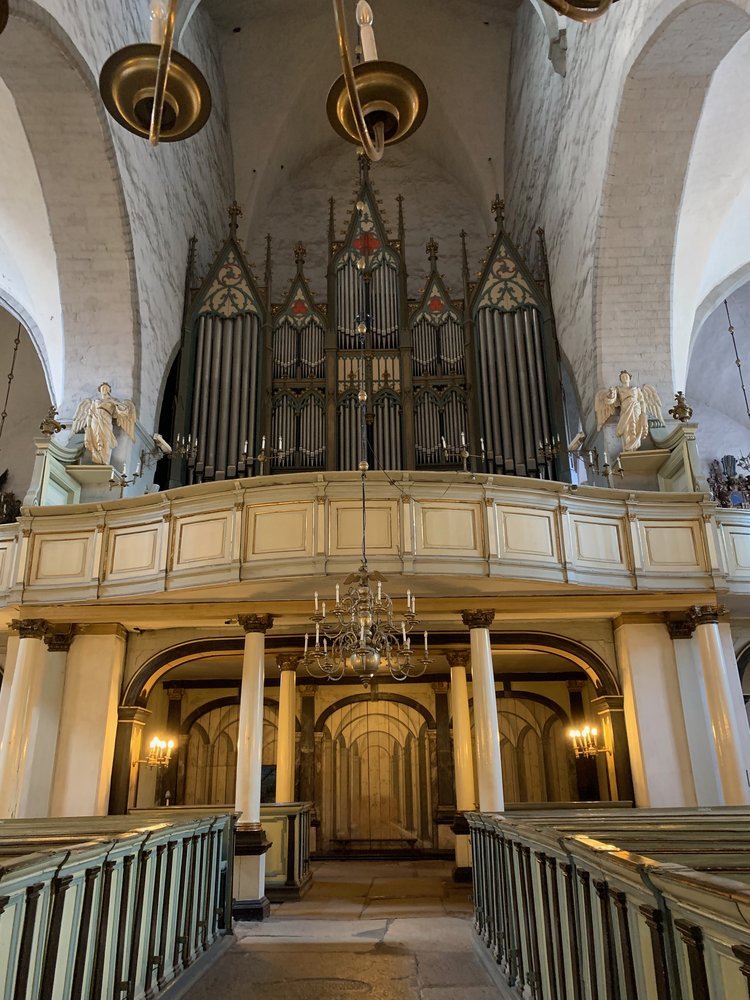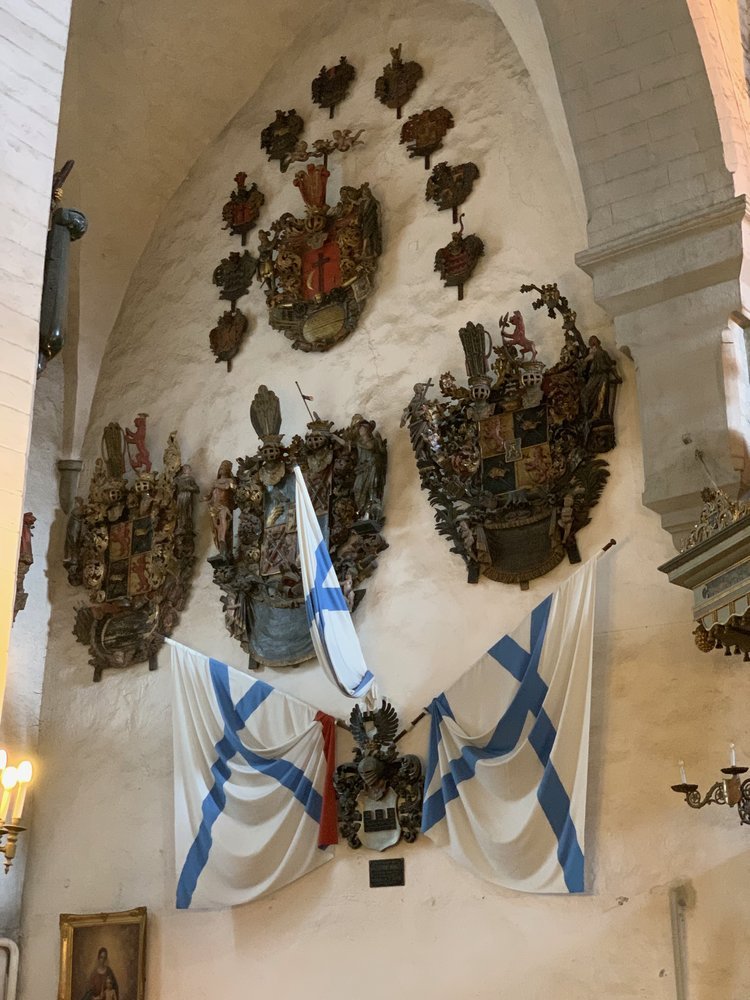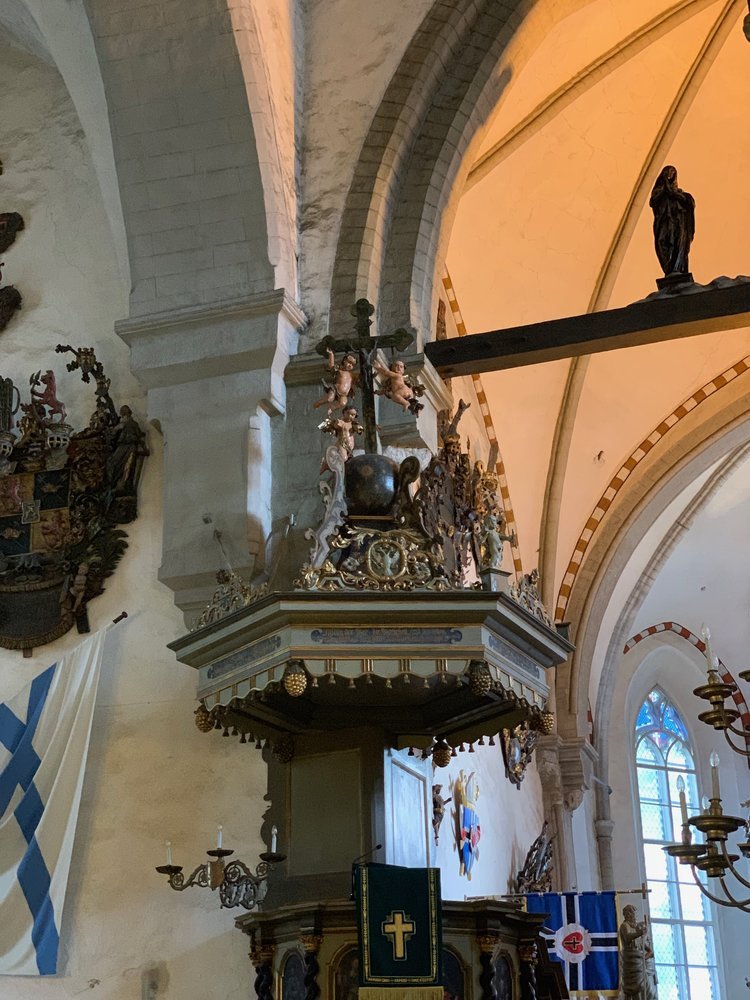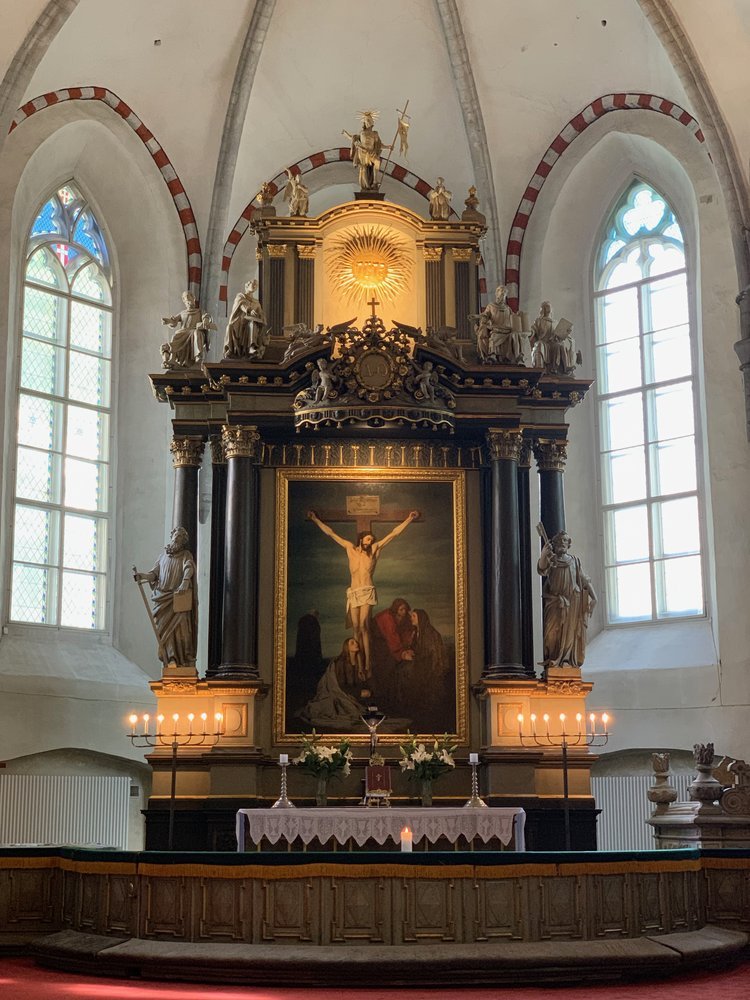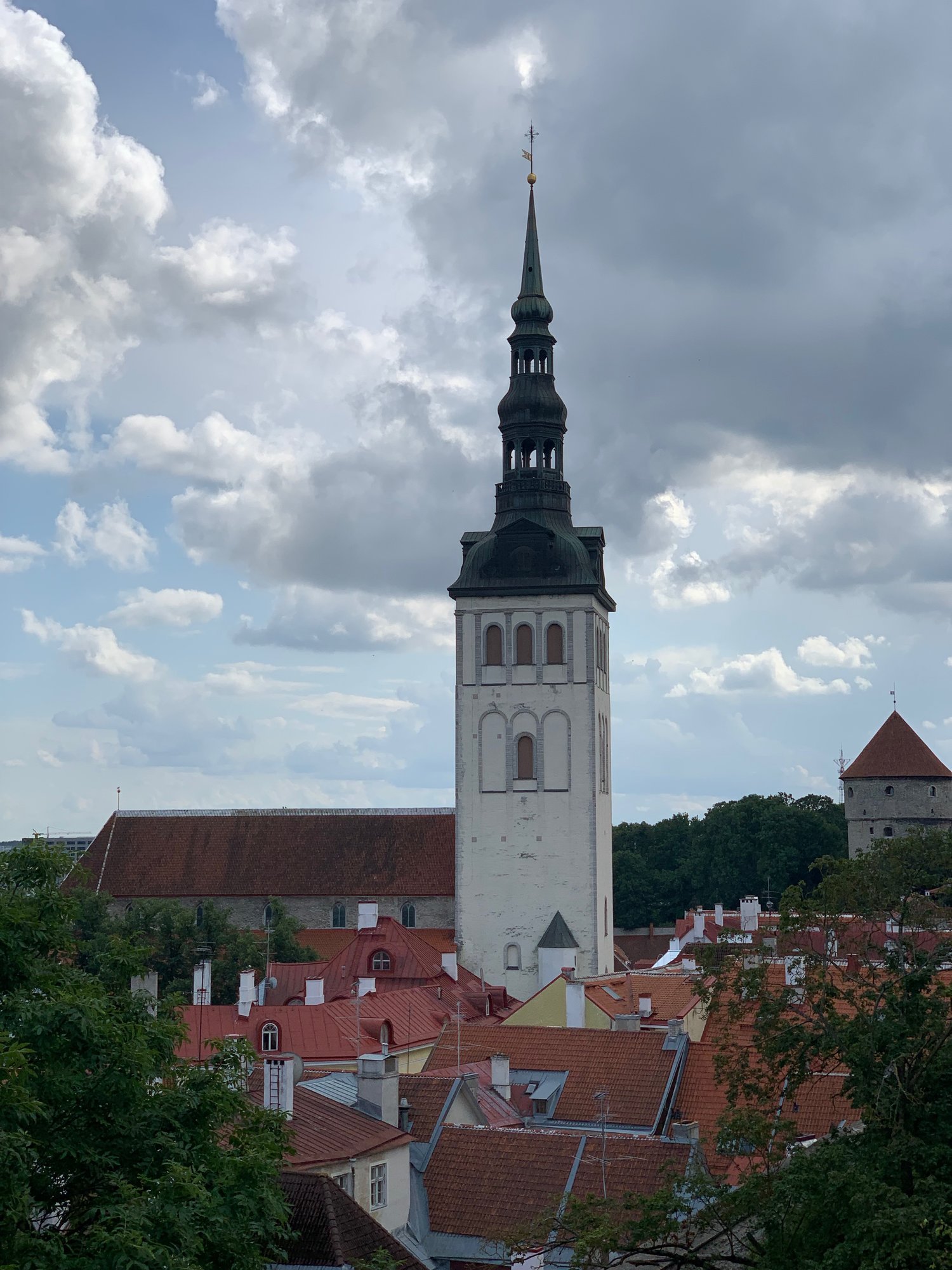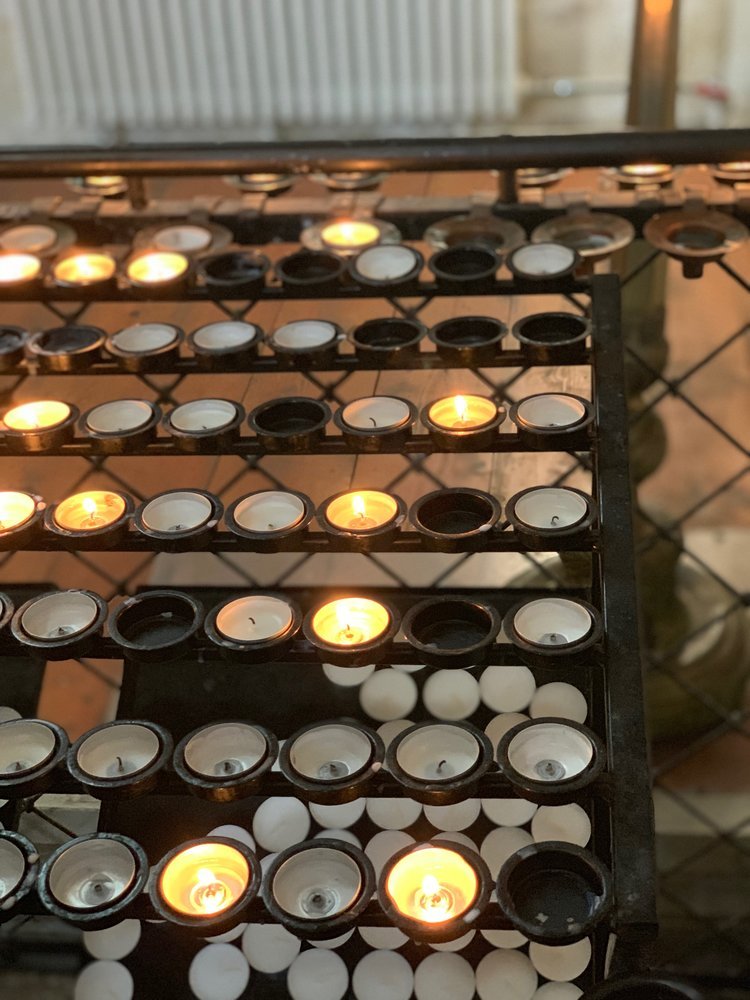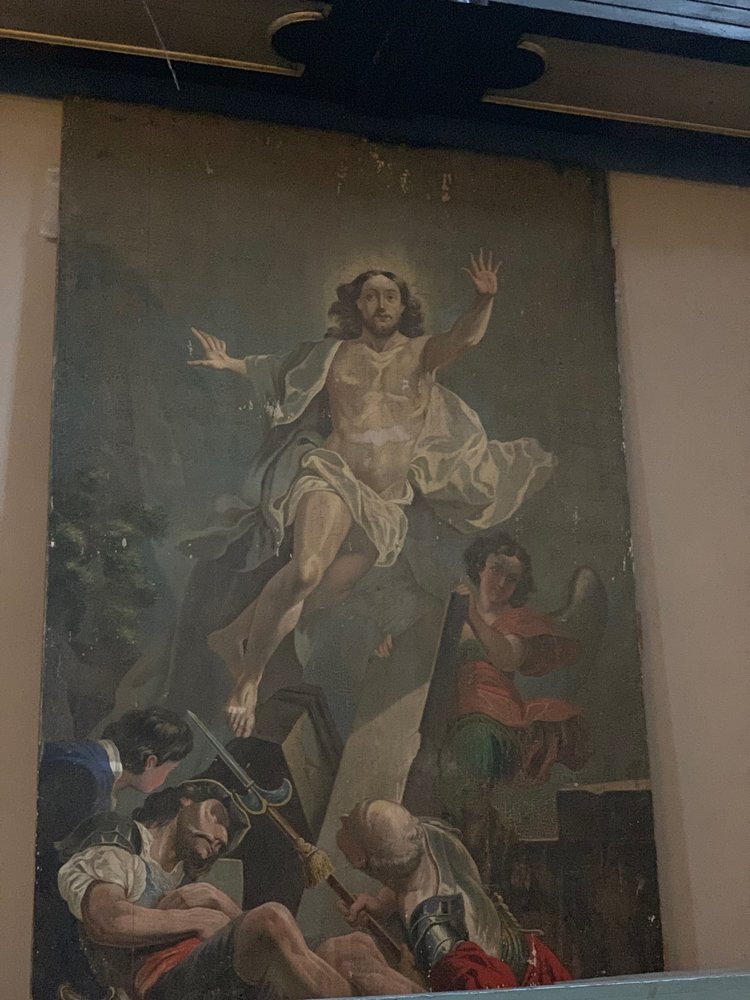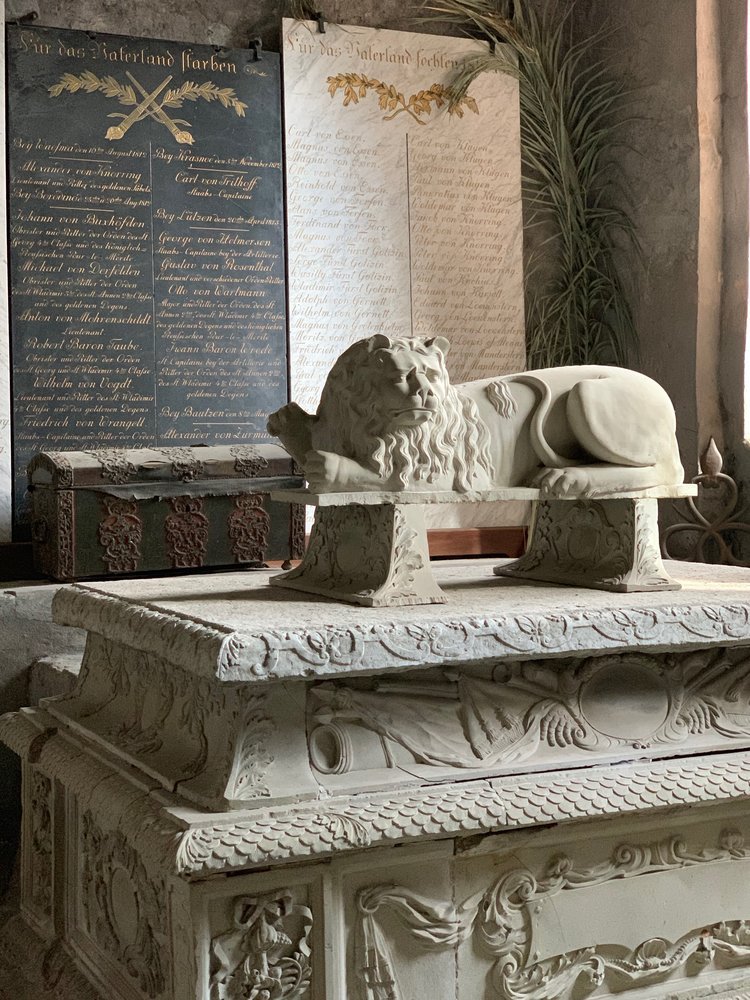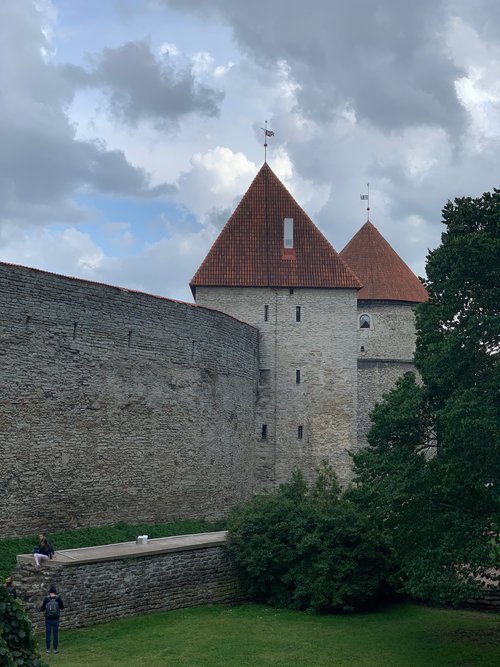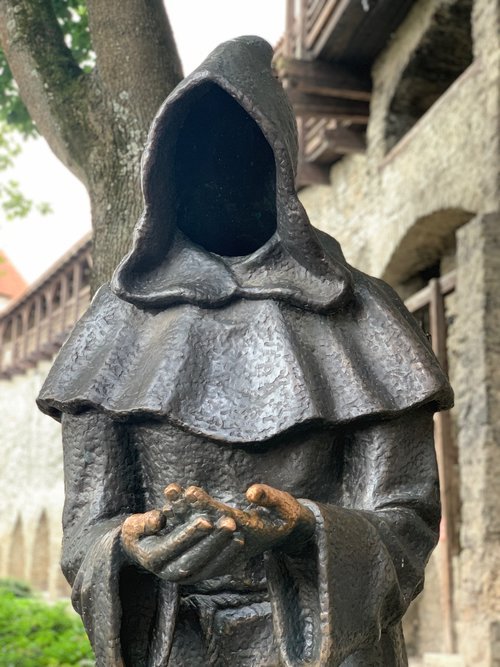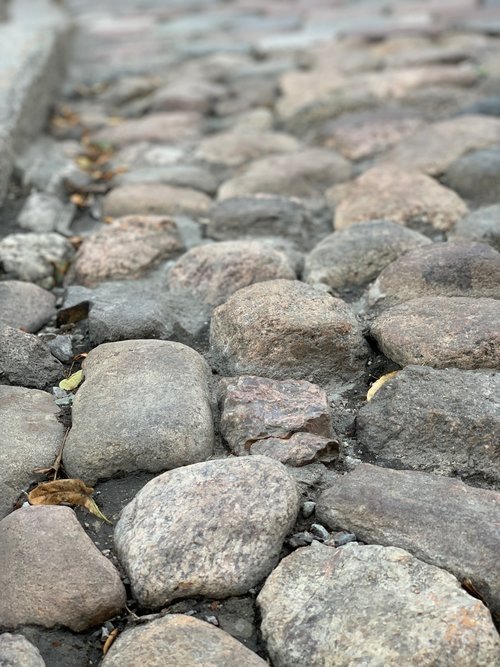Cruise Edition: Rakvere & Tallin, Estonia
Estonia is a country I had never thrown on my bucket list of places to see in my life, because it rarely appears in travel publications as a must-see destination. But now that I’ve been here, via a cruise stop, I’m here to tell you, you need to include it in your Scandinavian itinerary.
Estonia is one of the oldest countries in the world, having been inhabited since 9,000 B.C. when the first humans settled there after the end of the glacial era. Since that time, it’s had the unfortunate history of being conquered and freed more times than Mt. Everest has been climbed (okay, that’s an exaggeration) until 1991 when U.S.S.R recognized them as an independent country. Since then, they’ve worked hard to build their own infrastructure bigger and better than ever while making sure to meticulously preserve their past.
ON THE ROAD TO RAKVERE
On the hour-long drive to Rakvere, our tour guide gave us a lot of interesting facts about Estonia:
TODAY’S ECONOMY
THEIR FEMALE PRESIDENT WAS ELECTED BY PARLIAMENT FIVE YEARS AGO…
They joined NATO in 2004 and transitioned to the Euro in 2011.
They are still a top trading port, as well as the leader in salt and vodka export.
Most of their modern economy has been built with the help of American companies, like Microsoft, who brought e-schools and e-medicine to them.
This assistance has been significant because it’s opened the doors for other American-based companies to establish presence, ultimately adding thousands of jobs.
As a result, many modern apartments (condos) have been constructed, selling anywhere from 100,000 - 120,000 euro.
They have a flat tax rate of 20% with one of the best nationally balanced budgets in the world.
Their public transportation is free, as is their education from age seven, through to twelfth grade.
Their female President was elected by Parliament five years ago - she can serve one more term of five years if they choose to re-elect her.
EFFECTS OF COMMUNISM
THERE ARE STILL INHABITANTS IN RURAL AREAS THAT MAKE THEIR OWN CLOTHES AND GROW THEIR OWN FOOD.
In 1939, the Russians declared Estonian’s President mentally insane and sent him off to an “institution”, though he was never heard from again.
They took over all housing, farms, livestock, etc. declaring all Estonians (essentially) government workers.
Naturally, this took to people committing theft, which sent nearly 10,000 people off to Siberia in covered wagons as punishment
In 1941, the Germans invaded Estonia and burned down towns, homes, and other property
Thankfully, a lot of historical churches (13th century and beyond) were spared, though boarded up, since organized religion was frowned on in Soviet times. When Estonia was freed and the churches were re-opened, Estonians were amazed at how well-preserved the structures were along with all of the art work.
When much was rebuilt, large, drab communist-style apartment buildings were constructed and given to the people to live in - even in rural areas for the farmers and their families.
There are still inhabitants in rural areas that make their own clothes and grow their own food.
RAKVERE CASTLE
Rakvere Castle is one of the oldest, most important, and darkest castles in Estonian history, having been built on top of ancient strongholds in the early 1200s. Used as a defense system, the Knights of Rakvere used forms of psychological torture to either scare their prisoners to death or worse, just enough to get them to talk, rendering them insane.
Our tour began through these varying torture rooms: Torture, Death, and Hell, though almost whimsical experiences that were meant to reduce these heavier subjects to a haunted house feel.
THE TORTURE ROOM
Like most medieval castles, Rakvere had a torture room, though what was on display was far more gruesome than the actual tactics used. While some Knights believed in stretching machines and appendage clippers, Rakvere Knights believed in a form of water torture, whereby the prisoner would be sent head-first into a barrel of water and if they didn’t drown, they were innocent. (Hint: Prisoners were rarely innocent.)
THE DEATH ROOM
For us modern tourists, the experience was akin to a non-threatening haunted room, complete with mechanical representations of well-known figures during that time, telling their “ghastly” tales.
HELL
Not many can say they have been to “hell and back”, but for those of us on that tour, we can. “Hell” is a pitch dark maze of hallways that take you over different terrains (some of them make you feel as though you’re sinking into the floor) and through different textures, designed to psychologically torture you into believing spiders are crawling on you (and the like).
I turned on my cell phone light because one, I’m terrified of the dark and two, there were far too many people going through the hallways to not trip over something (or someone).
EXPLORING THE REST OF RAKVERE
Once the tour portion was over, we were free to roam the entire castle before lunch and when I say roam, I mean climb, play with, and experience anything I wanted. From sitting in four-story window sills, to climbing ruins, to holding real swords, and partaking in archery and stilt-walking, it’s an adult-child’s dream.
A MEDIEVAL LUNCH
Prior to lunch, at high noon, there’s an old ritual that starts with a parade and ends with a cannon (excused me jumping at the end of the video below) and vodka shots.
It’s then people move into the dining hall to feast on medieval food of fresh bread, beef stew (the only gluten-free item on the menu), seafood pastries, beets, and apple pie for dessert. Honestly, it’s the only part of the experience that didn’t make Medieval Times look amateur.
TALLIN - THE OLD CITY
Tallin was initially established in the 9th century as a merchant’s settlement. It wasn’t until 400 years later that it became a fortified city, via the Danish King, though would have to be rebuilt (due to a series of wars) 400 years after that.
Today, Tallin’s Old City is incredibly well-preserved. Though its buildings are still in use (mainly by the Estonian government and foreign dignitaries), you feel as though you’ve been sent through a time warp to the medieval era.
ST. MARY’S CHURCH
St. Mary’s Church was built as a Catholic church in the 1300s later converted to Lutheran denomination in the mid-16th century. In the 18th century, parts of the church were rebuilt, due to a fire, which means that most all furnishings I saw were from that era (all coat of arms and other art work were from the 13th and 14th centuries).
DANISH KING’S GARDEN
One of our final two stops took us to the hidden Danish King’s Garden - the birthplace of the Danish flag. While the legends vary from the red shield with the white cross coming down from the heavens, to developed symbolism around them winning the war, it has become of historical significance to the Danish.
However, within this garden are three faceless, haunting monk sculptures that were erected five years ago by Simson von Seakyl and Paul Mänd. It’s now a must-see area of the Old City.
TOOMPEA CASTLE
Toompea Castle was built on top of the crumbling eastern wing of the 13th and 14th century fortress (seen above), having been completed in the late 1700s by Catherine the Great. It has been used by authoritative rule, since its initial erection and is now home to Estonia’s Parliament.
While we only had an opportunity to walk by it (right before it started raining), it’s a breath-taking site.
To learn more about Tallin, click here.
cruise-friendly excursions
Oftentimes, booking a tour through a cruise ship can come with a big mark up. The alternative is to book independently with a reputable tour company. Check out some of the best ones, below:
Full Tallinn Group Walking Tour (5 hours)
Half-Day Private Guided Sightseeing Tour of Tallinn (3-4 hours)
Old Town Tallinn & Bastion Tunnels (3-5 hours)
Private 1-Day Trip to Russian Border (includes Rakvere) (10-12 hours)
